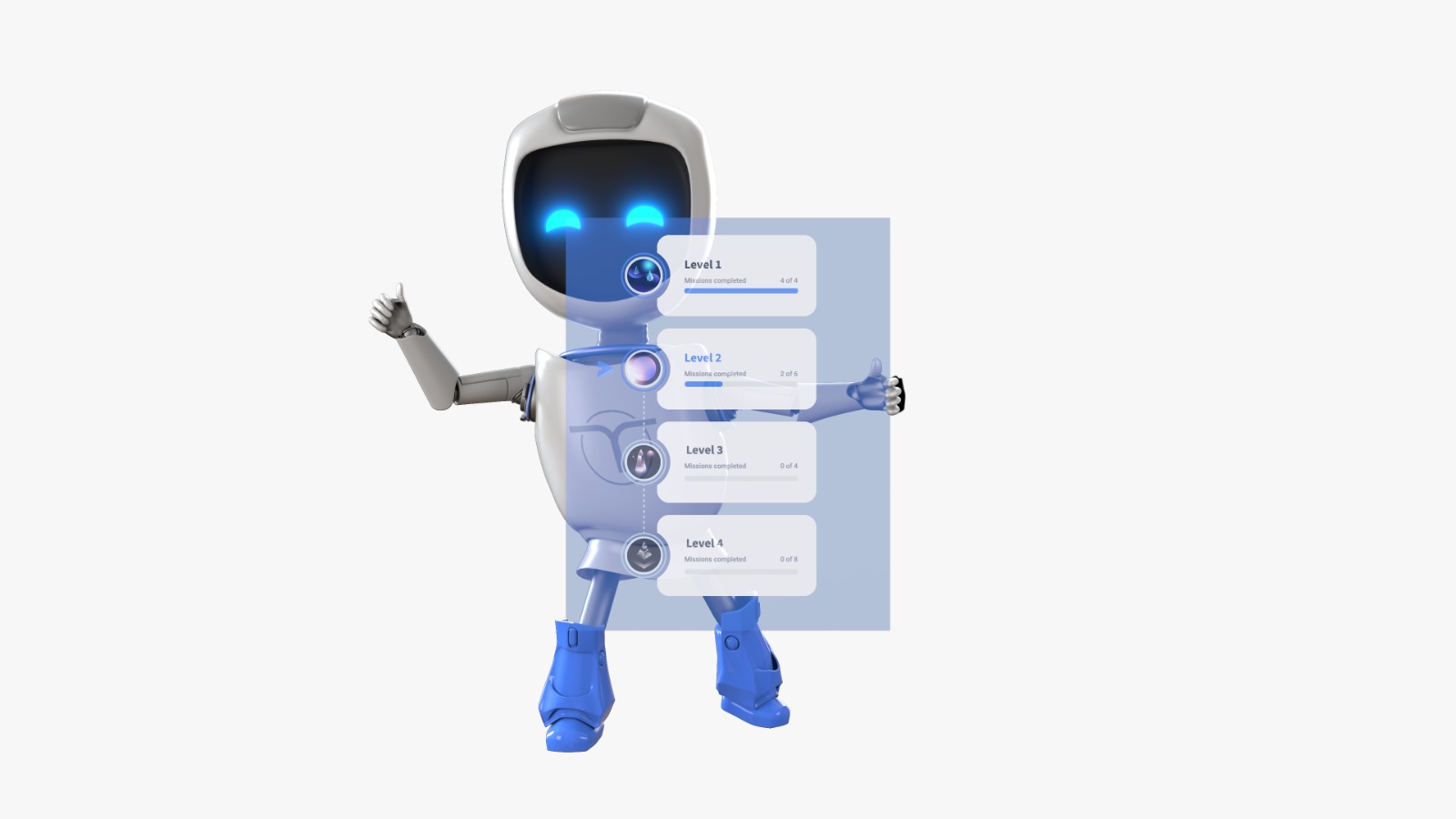It’s safe to say that most people in the workplace want to learn. Learning and development (L&D) is an integral part of today’s modern work life and a priority for both company and the employee.
But it seems that the more information you give to users, the less they learn. This is a Learning Paradox and pops up when people are overwhelmed and inhibited in the process of learning, due to the sudden flood of information. The vast amount of knowledge handed to learners confuses them and makes them feel disarmed and disinterested.
Solving the Learning Paradox
Many companies throughout the world will bring in, once or twice a year, a team of experts to develop learning programs based on their business assessments and needs. You probably are familiar with this picture: people arrive in the room, ready for a course, only to be distracted by phone calls, emails or random requests from a senior colleague. Often, even the attendance is optional, so people feel free to prioritize over anything else. Nevertheless, they are supposed to actually learn in the workplace to build a whole set of competencies, to align in the importance of putting these skills in development while still keeping themselves grounded. In our opinion, this is a big mistake, from several perspectives.
First of all, learning is an on-going process, you just cannot assume that a one-year course will do. Secondly, the prioritization of L&D is fundamental when you look for a real outcome. Last, but not least, employers and employees alike need to know what, why and how is being learned, to fight the learning paradox, yet still keeping true to the concept of increasing the knowledge base.
Fortunately, there is a way to efficiently address all these needs. It is called microlearning.
What is Microlearning?
Think of sipping and digesting small pieces of information and content, designed to highlight the problem, and focusing on developing a micro solution. Giving employees a full overview of the employer requirement helps them embolden their knowledge and leadership to solidify concepts, allowing long-term problem solving.
Learning and Development with Code of Talent
For anyone, learning can be daunting. Covering huge set amounts of work can be all the more so, and this information goes hand in hand with the psychology of learning. Understanding the ways in which people process and absorb information and using the application of microlearning can lead to a more successful outcome.
Code Of Talent is a helping hand. Learners need a beacon of light in the torrent of rushing information, to guide the way and show them the right way to make learning a process of absorbing information and being able to put that knowledge into practice.
You’ll be able to learn with Code Of Talent, understand the basic and underlying principles behind the knowledge and applying that knowledge in a way that makes sense. Almost like learning the A-Z of what they should learn, from which sources and in what way, giving learners the ability to develop a skill in that area of expertise. Having the support of a facilitator, a structured system of support in small chunks, helping to understand the integration.
Working at your own rhythm and pace is important too, as sometimes things just pop up and are unavoidable. The need to follow-on with a workload that is advancing too quickly isn’t beneficial to the learner or the teacher.
Benefits of a Structured Approach to Learning in the Workplace
After successfully navigating the learning paradox, employees are more likely to implement the knowledge they have learned and retained. There’s a 20% increment in information retention by using microlearning when compared to other lengthy training programs. It also enhances learner engagement and shows a 50% enhancement in learning engagement. Studies show that employees are far more engaged during a 7 – 11 minute period of complete focus.

It also contributes to in-depth learning and training completion rates are guaranteed to improve with the shorter-term learning modules. It makes it easier to provide performance support, thus enabling learners to make real-time decisions when on the job. In fact, 71% of learners who participated in a research report, said that microlearning videos played a role with their own in-depth learning.
Moreover, microlearning reduces the cost of training and encourages rapid development among employees. The content can be developed 300% faster than traditional courses. And it cuts the costs by 50%.
Learn the right way
How do you solve the learning paradox? The first stage is understanding that you can learn the way you want to learn in the workplace. In order to learn how to best achieve your goals, there needs to be an understanding of what those goals are and how to take guided steps to achieve them.





